The harsh, unforgiving climates of the Nordic regions have long posed unique challenges for automotive manufacturers and drivers alike. With temperatures frequently plunging well below freezing and snow-covered roads becoming the norm for months on end, vehicles in these areas must be engineered to withstand conditions that would cripple ordinary cars. Nordic winter driving isn’t just about having the right tires or a robust heating system—it’s a testament to how automotive innovation adapts to some of the planet’s most extreme environments.
One of the most critical aspects of Nordic vehicles is their cold-weather starting capability. Unlike in milder climates, where engines might grumble to life even after weeks of inactivity, Nordic winters demand reliability. Manufacturers like Volvo and Saab have historically prioritized engine block heaters, advanced battery technology, and synthetic oils that remain fluid in sub-zero temperatures. These features aren’t luxuries; they’re necessities. Without them, a car left overnight in -30°C might as well be a frozen statue by morning.
But it’s not just about getting the engine running. The entire drivetrain must be optimized for icy terrain. All-wheel drive (AWD) systems are nearly ubiquitous in Nordic countries, but not all AWD systems are created equal. Scandinavian drivers often favor systems with torque vectoring and adaptive traction control, which can predictively adjust power delivery to prevent wheel spin on black ice. This technology isn’t just about performance—it’s a safety feature that can mean the difference between maintaining control and ending up in a snowbank.
Then there’s the matter of visibility. Nordic winters bring limited daylight and frequent snowstorms, making effective lighting systems essential. Adaptive LED headlights that adjust beam patterns based on speed and steering angle are common, as are heated windshield wipers and washer fluid nozzles. These might sound like minor details, but when you’re driving through a blizzard at dusk, they become lifesavers. Some high-end models even feature thermal imaging cameras to detect pedestrians or wildlife obscured by snow.
Durability is another hallmark of Nordic vehicles. Road salt and gravel used for de-icing are notoriously corrosive, eating away at undercarriages and brake lines. To combat this, manufacturers employ extensive rust-proofing treatments and stainless-steel components. Even the paint jobs are tougher, with thicker coatings designed to resist chipping from flying ice shards. It’s not uncommon to see decade-old Nordic cars with remarkably intact bodies—a stark contrast to vehicles from salt-heavy regions like the northeastern U.S., where rust often claims cars far sooner.
Interior comfort is equally vital. Nordic drivers spend a lot of time in their cars during winter, and a frigid cabin simply won’t do. Heated seats are practically standard, but many models go further with heated steering wheels, armrests, and even footwells. Ventilation systems are designed to defrost windows rapidly, while advanced climate control can maintain warmth without sapping too much energy from the engine. Some electric vehicles (EVs) marketed in Scandinavia even feature heat pumps that efficiently warm the cabin while preserving battery life—a crucial advantage given how cold weather can slash EV range.
Electric vehicles present their own set of challenges in extreme cold. Lithium-ion batteries, which power most EVs, are notoriously sensitive to low temperatures, often suffering reduced capacity and slower charging speeds. However, Nordic automakers are pioneering solutions like battery thermal management systems that pre-warm batteries while plugged in. Norway, despite its icy climate, has one of the highest EV adoption rates in the world, proving that with the right engineering, electric mobility can thrive even in the harshest winters.
Beyond technology, there’s a cultural element to Nordic winter driving. Driver education in countries like Sweden and Finland emphasizes cold-weather skills, with many learners required to practice controlled skids on icy test tracks. This focus on preparedness extends to vehicle maintenance; Nordic drivers are fastidious about winter tire changes, fluid checks, and keeping emergency kits stocked with blankets, shovels, and traction aids. It’s a mindset that treats winter not as an obstacle, but as a predictable challenge to be met with preparation and respect.
The Nordic approach to winter vehicles offers lessons for the rest of the world. As climate change brings more erratic weather patterns, even traditionally mild regions are experiencing unprecedented cold snaps. Automakers globally are taking notes, incorporating Nordic-inspired features like improved AWD systems and cold-weather packages. After all, if a car can handle a Swedish winter, it can handle just about anything.
In the end, Nordic winter vehicles are a blend of cutting-edge technology and time-tested practicality. They remind us that driving in extreme conditions isn’t just about brute force or luxury—it’s about thoughtful design, relentless testing, and an unwavering commitment to safety. Whether it’s a rugged Volvo SUV or a nimble Tesla Model 3 equipped for Arctic roads, these vehicles stand as proof that humans can conquer even the most daunting environments with the right tools.

By Victoria Gonzalez/Apr 14, 2025

By Samuel Cooper/Apr 14, 2025

By William Miller/Apr 14, 2025
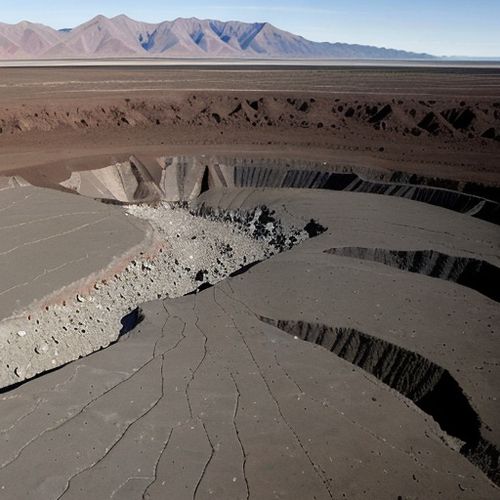
By Emma Thompson/Apr 14, 2025
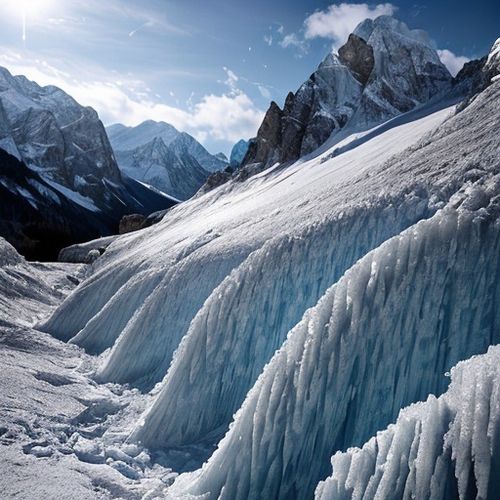
By Lily Simpson/Apr 14, 2025
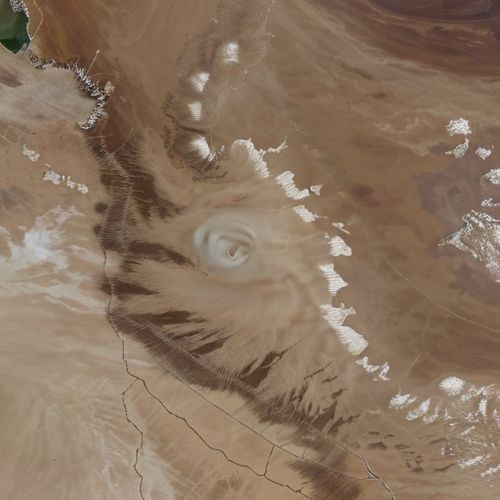
By Emily Johnson/Apr 14, 2025
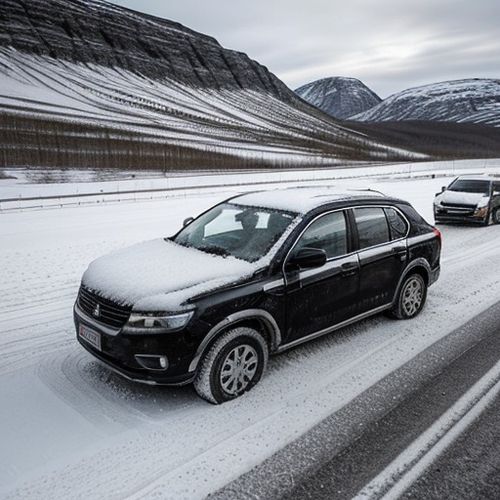
By George Bailey/Apr 14, 2025
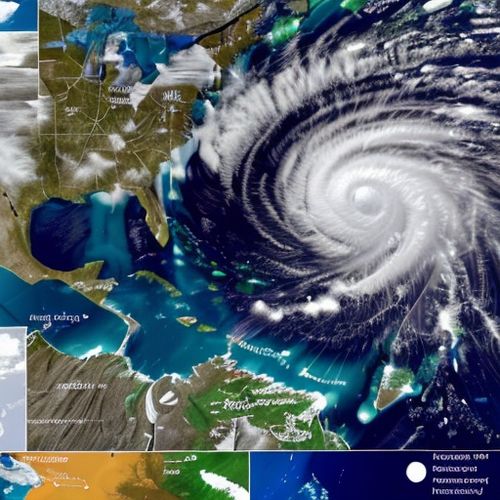
By Sarah Davis/Apr 14, 2025
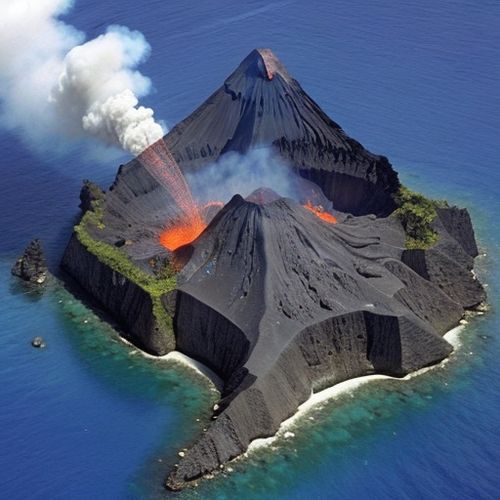
By Grace Cox/Apr 14, 2025

By Natalie Campbell/Apr 14, 2025
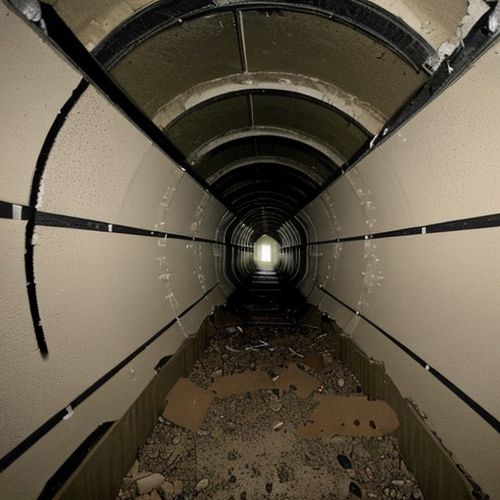
By Christopher Harris/Apr 14, 2025
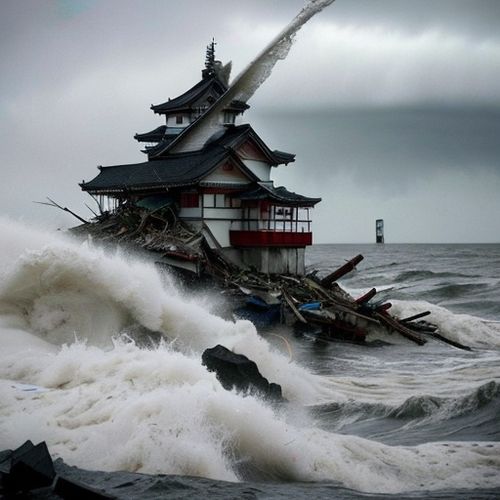
By Rebecca Stewart/Apr 14, 2025

By Joshua Howard/Apr 14, 2025

By Jessica Lee/Apr 14, 2025

By Eric Ward/Apr 14, 2025

By Lily Simpson/Apr 14, 2025
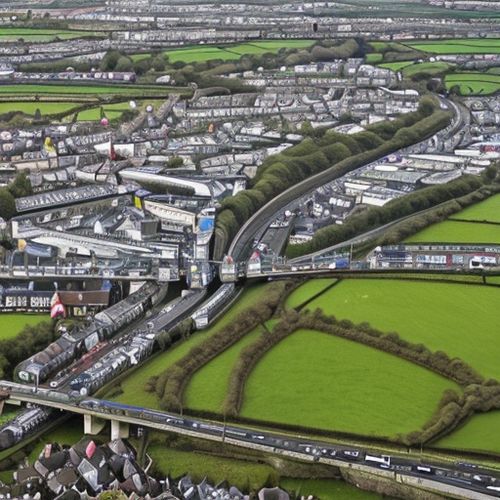
By William Miller/Apr 14, 2025
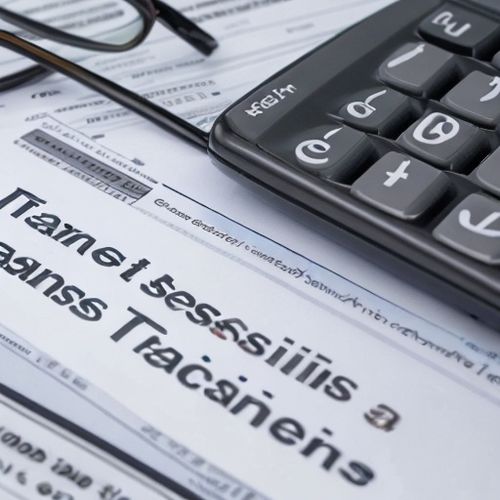
By Olivia Reed/Apr 14, 2025

By William Miller/Apr 14, 2025